It’s still early in the year, but January 2021 is looking awfully similar to basically every month in the second half of 2020, at least as far as the country’s high-flying housing market is concerned.
While we started sounding like a broken record a long time ago, Canadian homebuyers did it again last month, turning out in record numbers to scoop up more properties than any previous January.
According to the latest Canadian Real Estate Association (CREA) data published this week, home sales last month were up more than 35 percent compared to a year ago and even came in two percent above the unusually busy December 2020 total.
Well over 60,000 home sales were recorded across the country last month, putting 2021 on pace for an annual sales total north of 736,000. For comparison, CREA’s 2021 forecast was for 583,635 homes to change hands across Canada. Market analysts at CREA don’t expect January’s fiery pace to continue, but it was, nevertheless, a remarkable start to the year.
“2021 started off just like 2020 ended, with a number of key housing market indicators continuing to set records,” said CREA Chair Costa Poulopoulos.
“The two big challenges facing housing markets this year are the same ones we were facing last year – COVID and a lack of supply. It’s looking like our collective efforts to bring those COVID cases down over the last month and a half are working. With luck, some potential sellers who balked at wading into the market last year will feel more comfortable listing this year.”
On the housing supply front, CREA noted that many Ontario markets saw sales decline on a monthly basis, indicating that the impact of record-low inventory levels is weighing down sales activity. The vast majority of markets across the country experienced annual home sales increases, but nine markets in Ontario with “extremely limited” supply even recorded annual sales declines.
CREA Senior Economist Shaun Cathcart said many buyers and sellers are “still waiting in the wings” for better weather and more clarity around whether recent improvements in the COVID situation can be maintained.
“It’s the dead of winter and we’re only just starting to get the second wave of COVID under control. We’re unlikely to see a rush of listings until the weather and public health situations improve, and we won’t see buyers until those homes come up for sale,” Cathcart said in a media release.
“The best case scenario would be if we see a lot of sellers who were gun-shy to engage in the market last year making a move this year. A big surge in supply is what so many markets really need this year to get people into the homes they want, and to keep prices from accelerating any more than they already are,” he added.
Canadian home prices also continued to surge in January, with the national average sale price rising nearly 23 percent annually and the MLS Home Price Index increasing 13.5 percent over January 2020.
Price gains aren’t expected to slow down anytime soon. CREA said the national sales-to-new-listings ratio — an indicator of whether the market is favouring buyers or sellers — rose to 90.7 percent, a record for the metric which was already deep into seller’s market territory. The long-term average for the ratio is 54.3 percent, according to CREA.

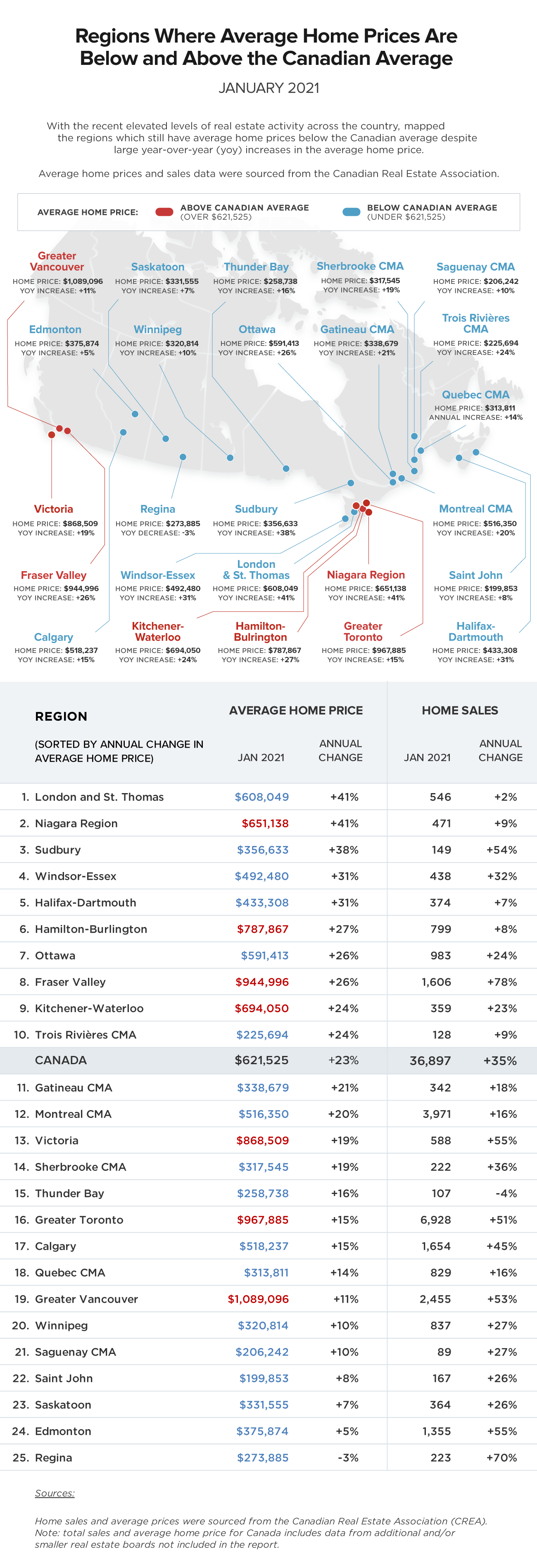



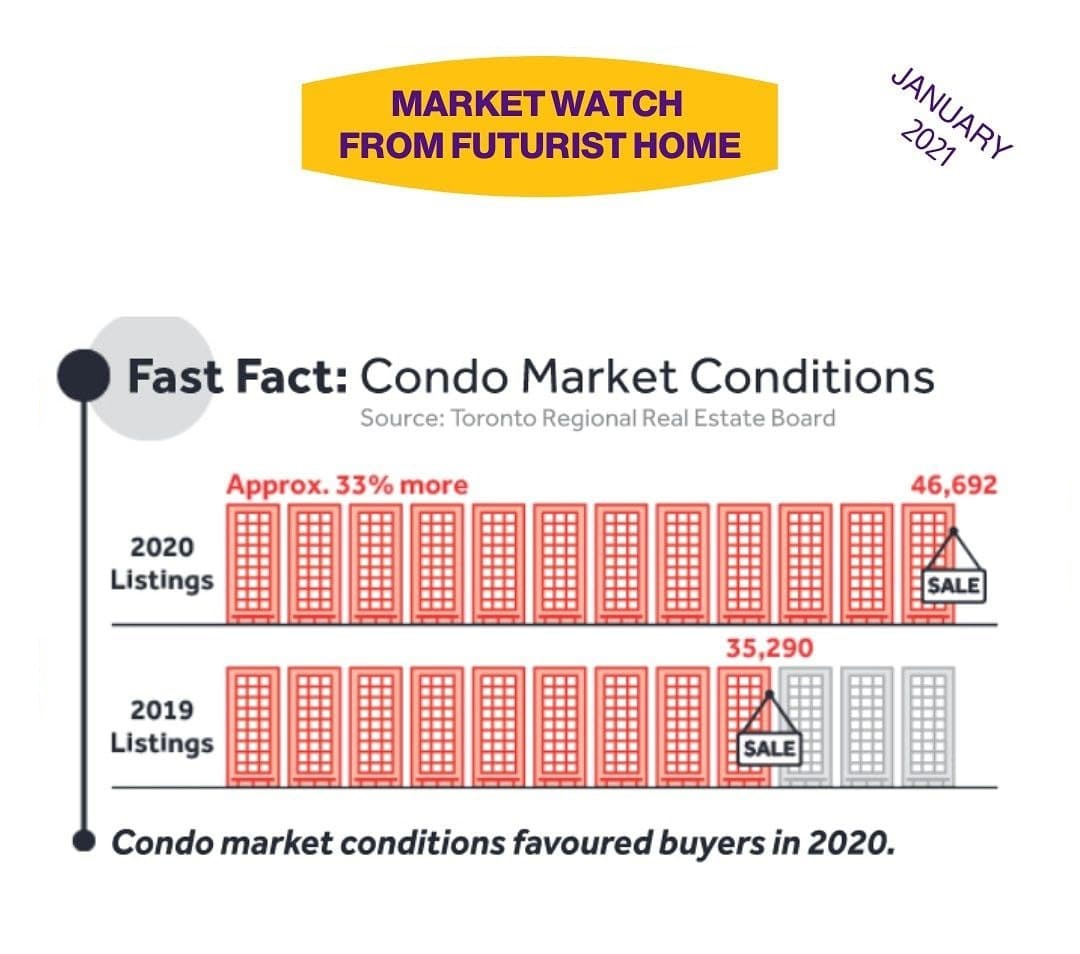

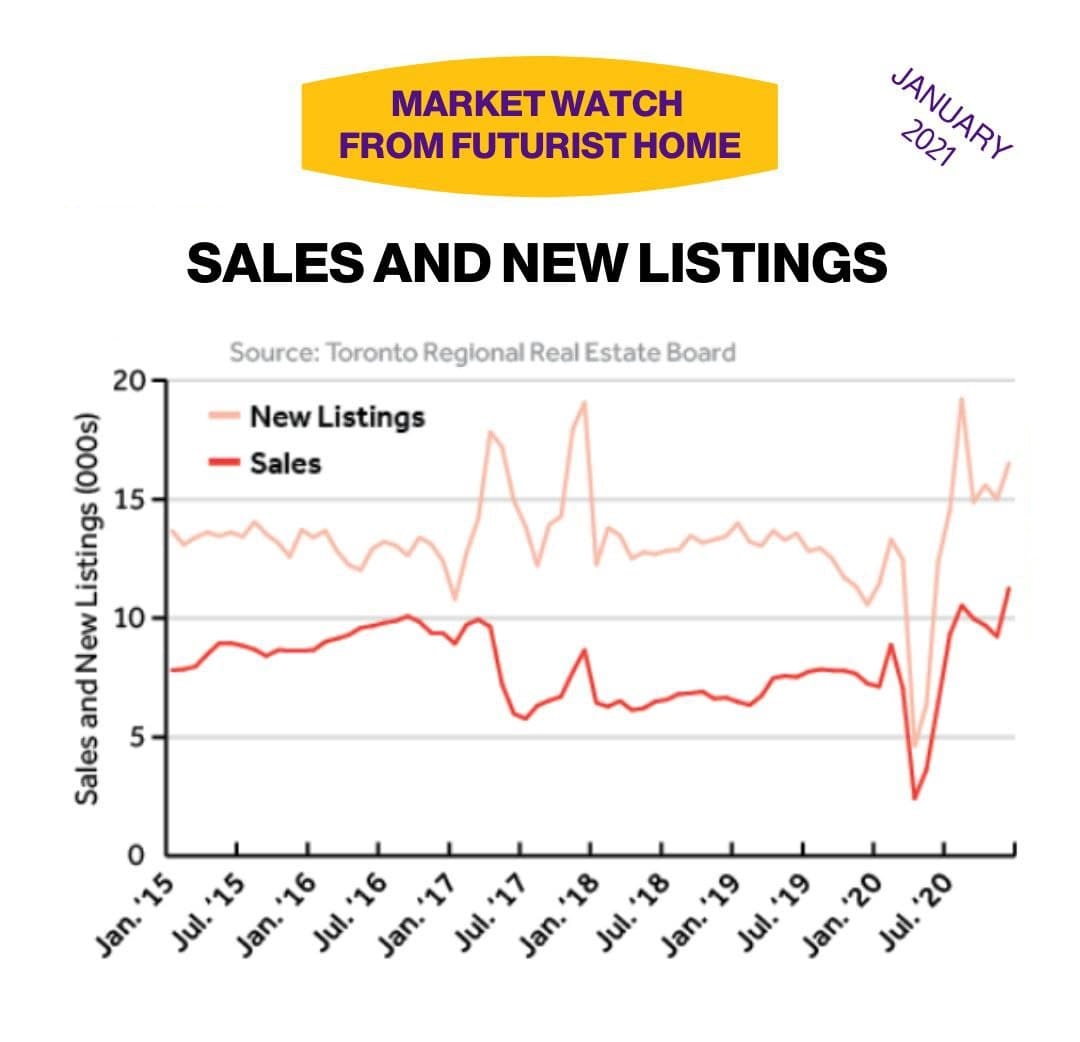
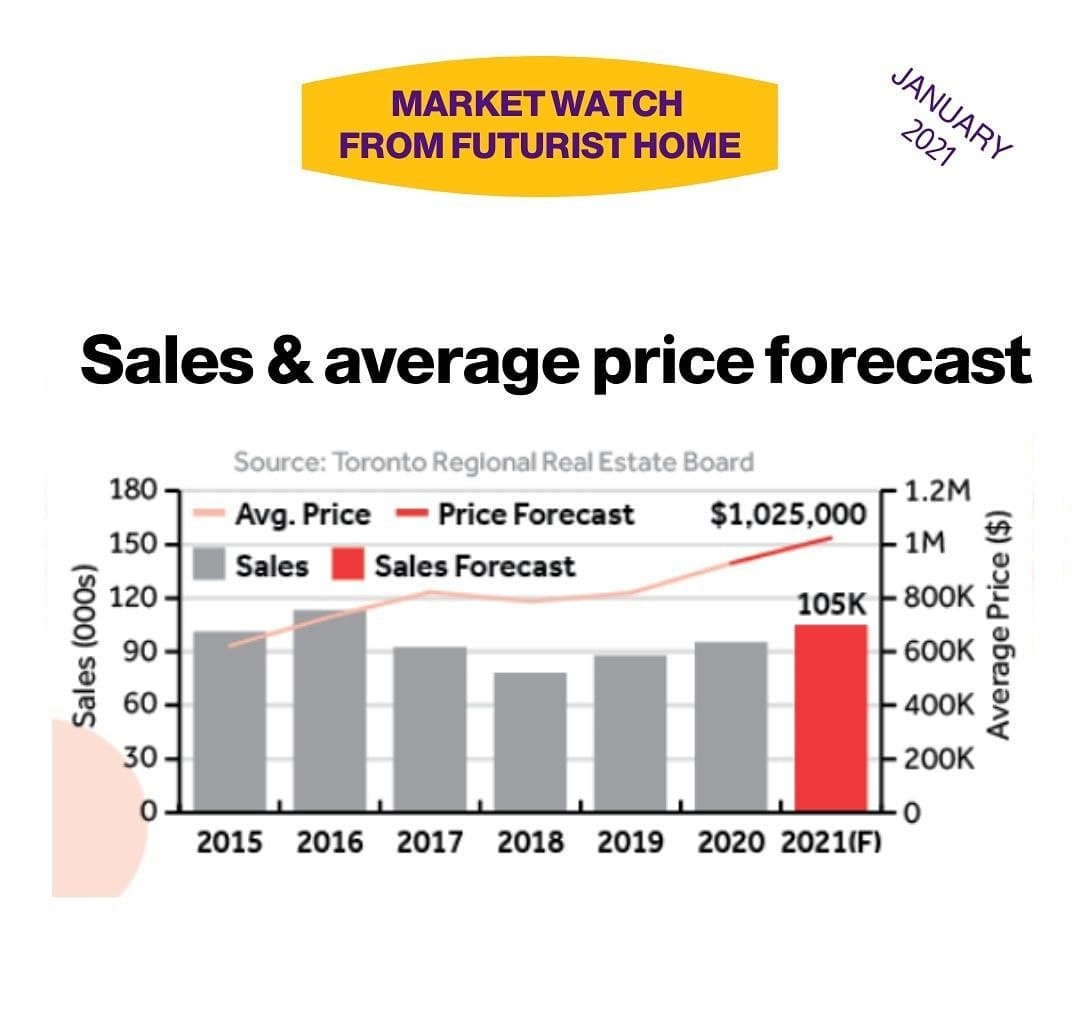

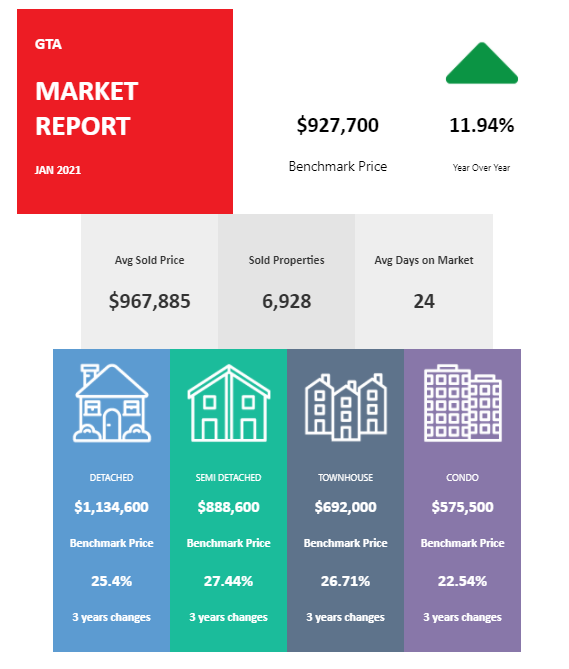


 Maziar Moini, Broker of Record - Home Leader Realty Inc.
300 Richmond St. W., #300, Toronto, ON M5V-1X2
Maziar Moini, Broker of Record - Home Leader Realty Inc.
300 Richmond St. W., #300, Toronto, ON M5V-1X2

